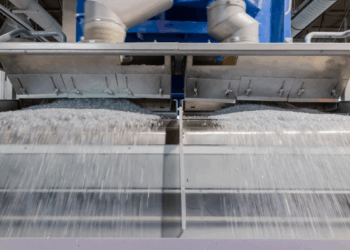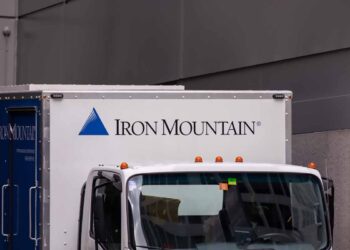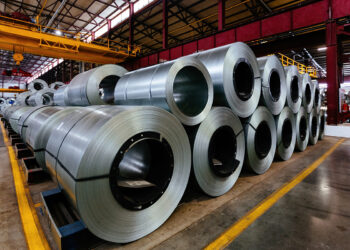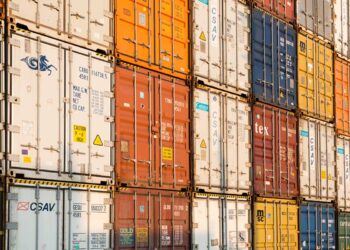Tom Bolon
Let me cut to the chase: There is plenty of capacity at lead smelters in North America to fully recycle the lead from collected CRT glass.
We have all heard from one source or another that the smelters are either shutting down or drastically lowering their capacity to process leaded CRT glass. This is not true.
Right now, North American smelters have the capacity to receive thousands of additional tons of leaded glass, and there will continue to be capacity well into the future. The smelters are in this CRT consumption position because there is demand for the lead that the smelters are able to extract.
Your leaded CRT glass is needed to supply lead for the medical field, battery manufacturers, the defense sector and other industrial applications. For instance, radiation shielding material containing recycled lead from CRT glass is being installed in new and renovated medical facilities across the country. In addition, batteries making use of recovered lead are being manufactured and put to work in a slew of ways, including the storage of renewable energy.
To put some numbers behind my argument, I’ll offer the following: Novotec Recycling, the company I represent, has the capacity to process an additional 50 million to 75 million pounds of CRT material in 2017 and send it directly to our downstream partner, Glencore’s lead-smelting operation in New Brunswick, Canada.
And Novotec is not the only recycling company working with a smelter. There are additional smelters located in diverse geographical areas in North America and other Organization for Economic Cooperation and Development (OECD) countries.
Furthermore, moving CRTs to smelters for final disposition is comparable from a cost perspective to other accepted CRT downstream options, and smelters offer a recycling outlet that’s in full compliance with all state and federal rules and regulations.
Don’t let facts drop out of the conversation
My goal here is not to make an ethical or moral judgment regarding the difference between using a smelter and using any other approved CRT downstream. That’s a subject and debate for another article and one that I encourage to be undertaken.
My goal at present is simply to make sure that in any debate on the options for recycling CRT glass it is understood that capacity at the smelters is not the issue. And if someone tries to convince you otherwise, they’re simply not telling the truth.
Anyone faced with the challenge of handling CRT glass — from original equipment manufacturers and state and local recycling programs to e-scrap companies of all shapes and sizes — knows it can be tricky. We’ve seen countless companies try and fail to handle CRT glass by cutting corners and costs and we’ve seen many more entangled in regulatory disputes and challenges. But this industry is going to keep seeing CRT devices for a long time to come and it’s imperative we make well-informed decisions in how we choose to handle the material.
What can’t be lost in the conversation is the fact that there are downstream recycling options to consider. One of those options is sending the CRT glass to a lead smelter. This option is readily available today and will continue to be into the foreseeable future.
Tom Bolon is the CEO of Columbus, Ohio-based Novotec Recycling.
























